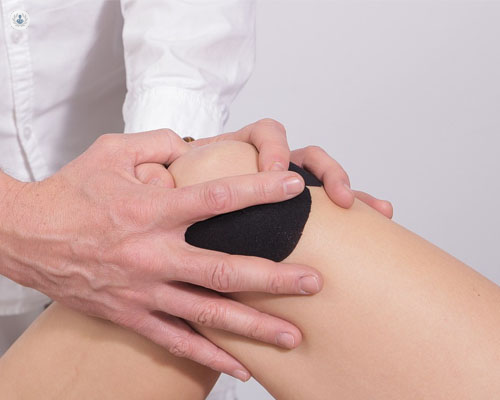Understanding ACL and meniscus injuries
Escrito por:Anterior Cruciate Ligament (ACL) and meniscus injuries are common knee injuries, particularly in athletes and individuals involved in physical activities that involve sudden changes in direction, jumping, or impact. These injuries can cause significant pain, swelling, and instability, affecting mobility and overall knee function.

ACL injuries
The ACL is one of the key ligaments in the knee, connecting the thigh bone (femur) to the shin bone (tibia). Its primary role is to stabilize the knee and prevent excessive forward movement of the tibia. ACL injuries often occur during high-impact sports like football, basketball, skiing, or soccer.
A sudden pivot, twist, or awkward landing can cause the ligament to tear, leading to a pop sound, intense pain, and immediate swelling. The knee may feel unstable, and it becomes difficult to bear weight.
ACL tears are classified into partial and complete tears. Partial ACL tears may heal with rest, physical therapy, and bracing, but complete tears often require surgical reconstruction, where a graft is used to replace the damaged ligament. Recovery from ACL surgery can take six months to a year, depending on the severity of the injury and the rehabilitation process.
Meniscus injuries
The meniscus is a C-shaped cartilage in the knee that acts as a cushion between the thigh and shin bones, absorbing shock and ensuring smooth knee movement. Meniscus injuries usually occur when the knee is forcefully twisted or rotated while bearing weight. Athletes, especially those in contact sports, are at higher risk, but meniscus tears can happen to anyone, even during normal activities like squatting or lifting.
Meniscus tears can cause pain, swelling, and stiffness in the knee. A common symptom is a locking or catching sensation when moving the knee. Small tears may heal with rest, physical therapy, and anti-inflammatory medications, while larger tears might require surgery, typically an arthroscopic procedure to repair or remove the damaged cartilage.
Prevention and recovery
Preventing ACL and meniscus injuries involves strengthening the muscles around the knee, improving flexibility, and practicing proper techniques during physical activities. With timely diagnosis, treatment, and rehabilitation, most individuals can recover fully and return to their normal activities.


